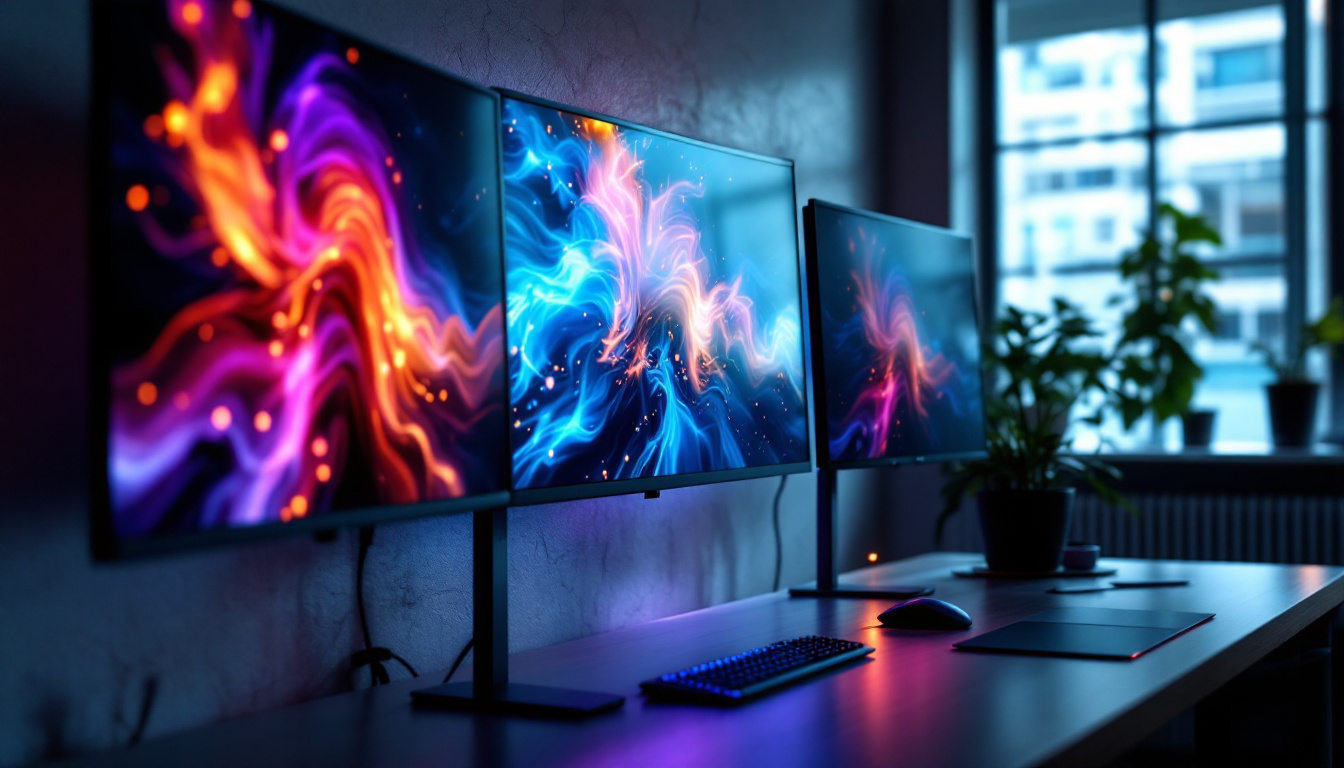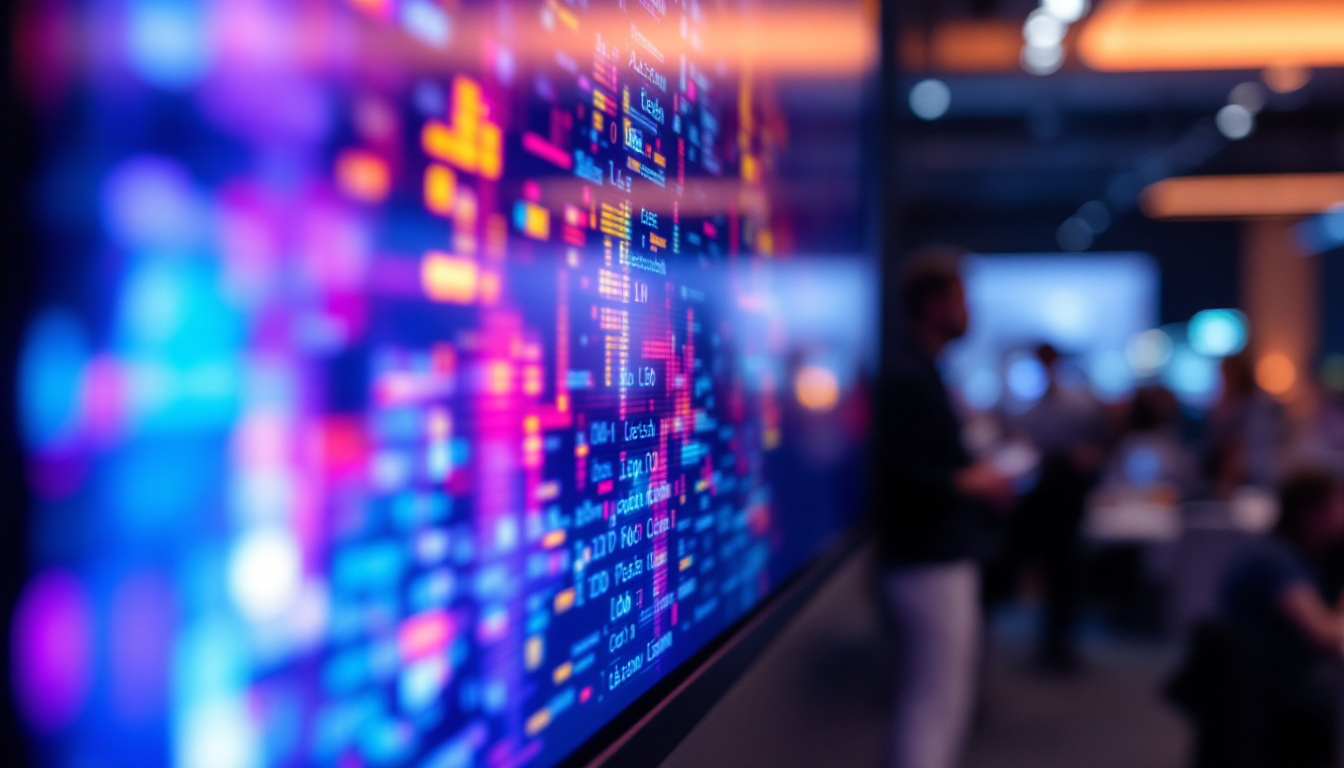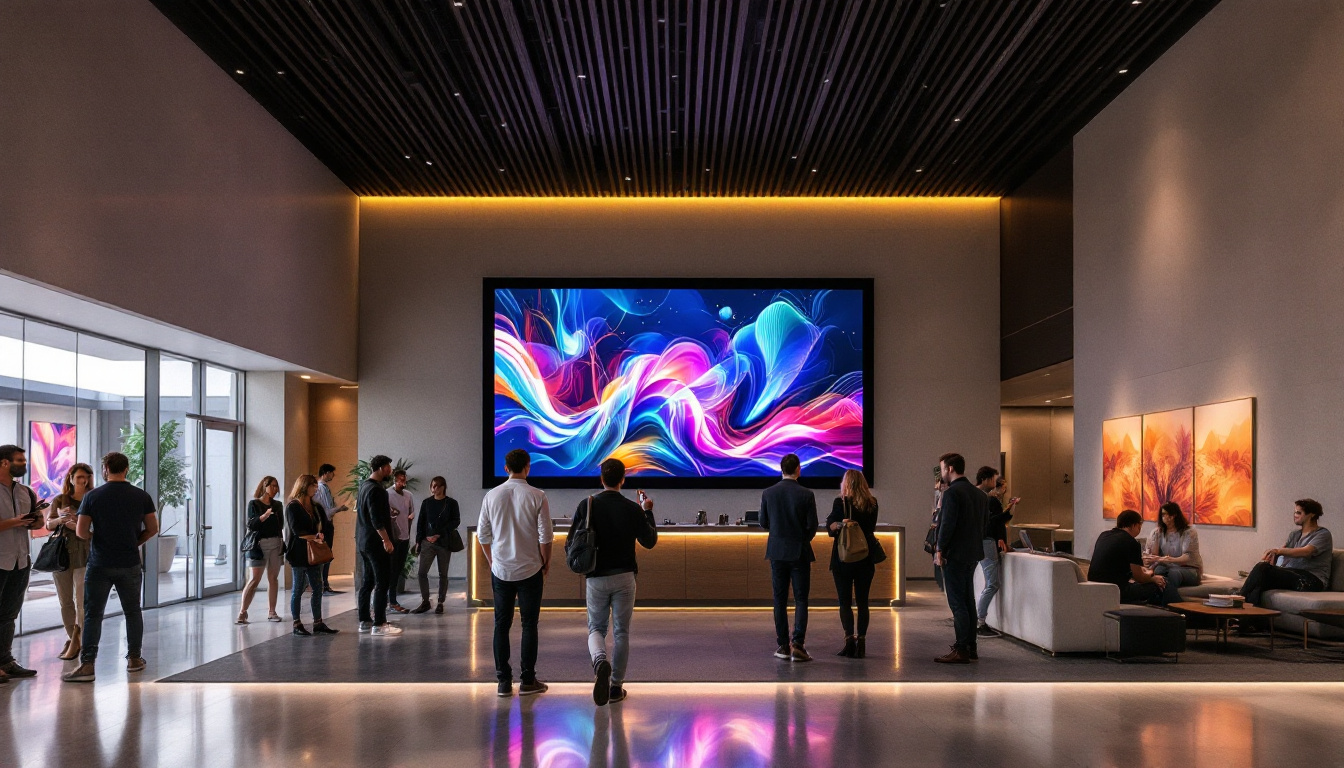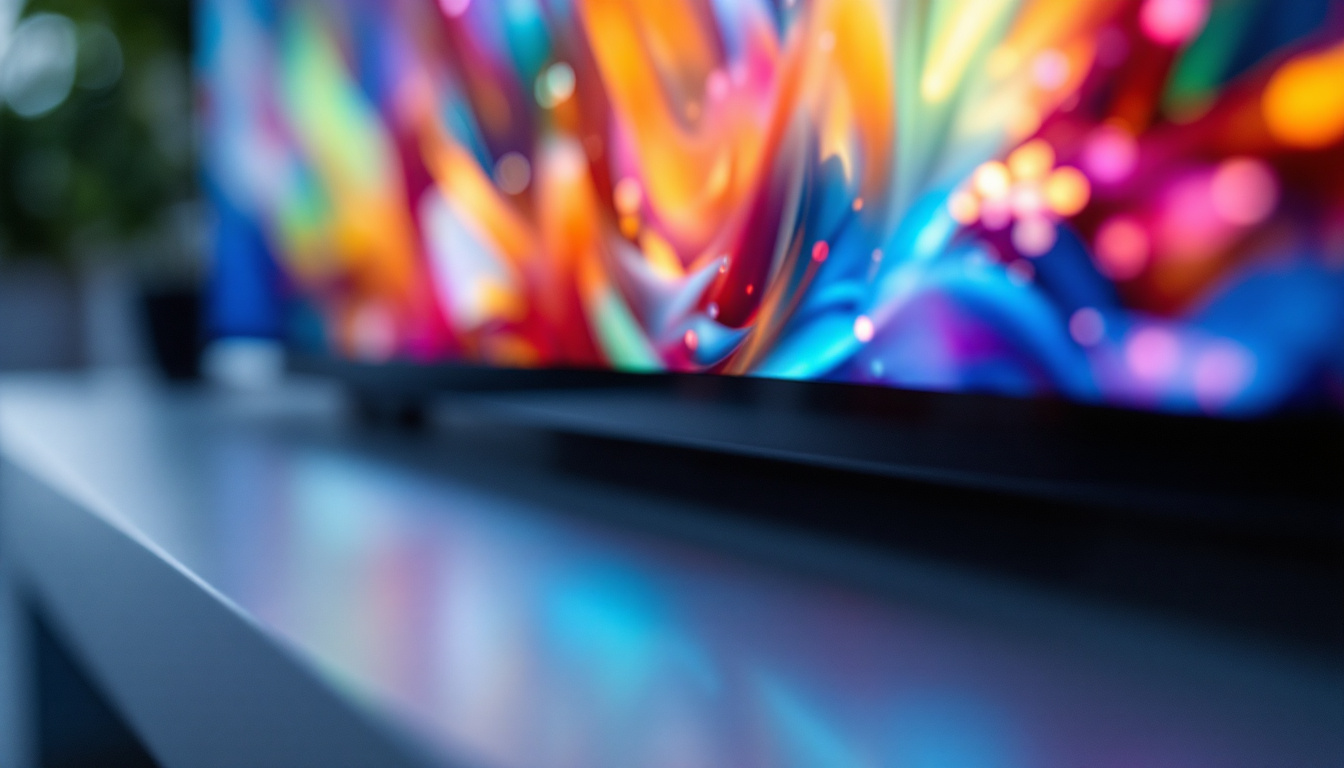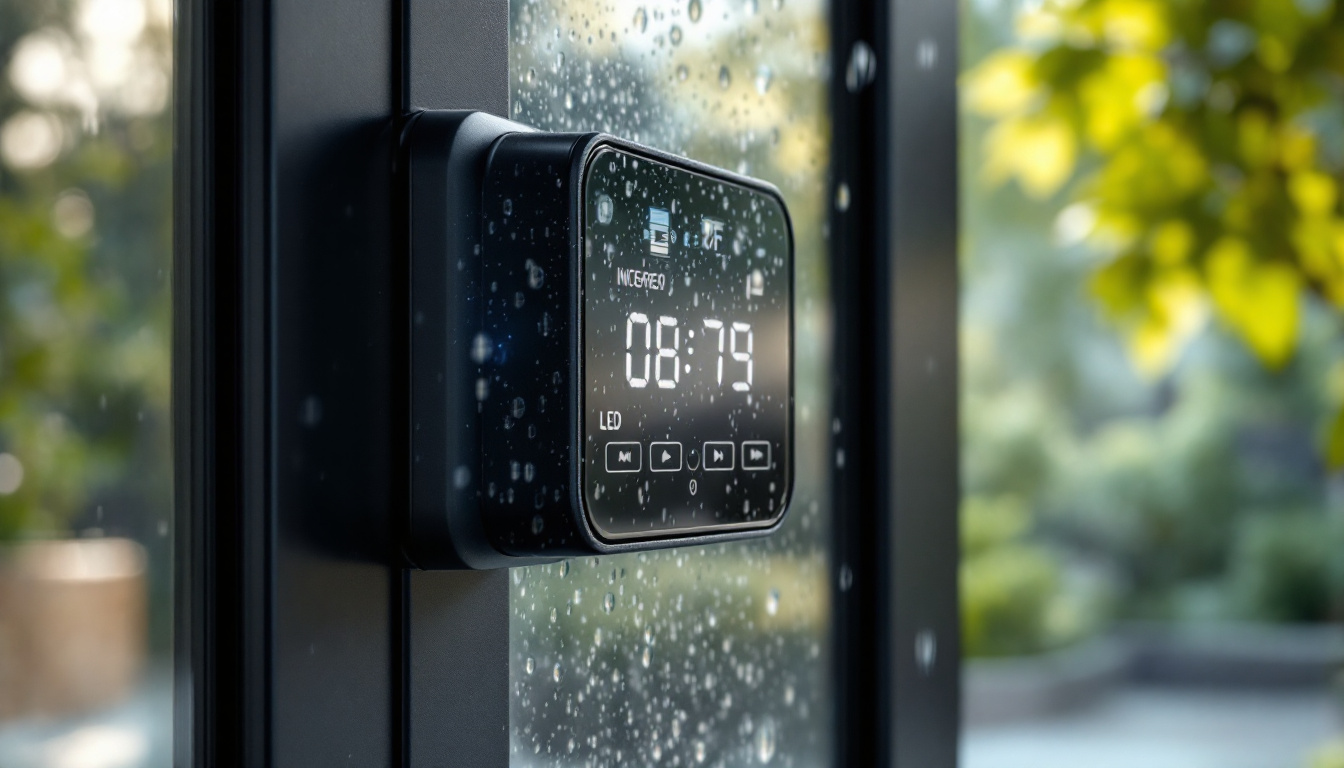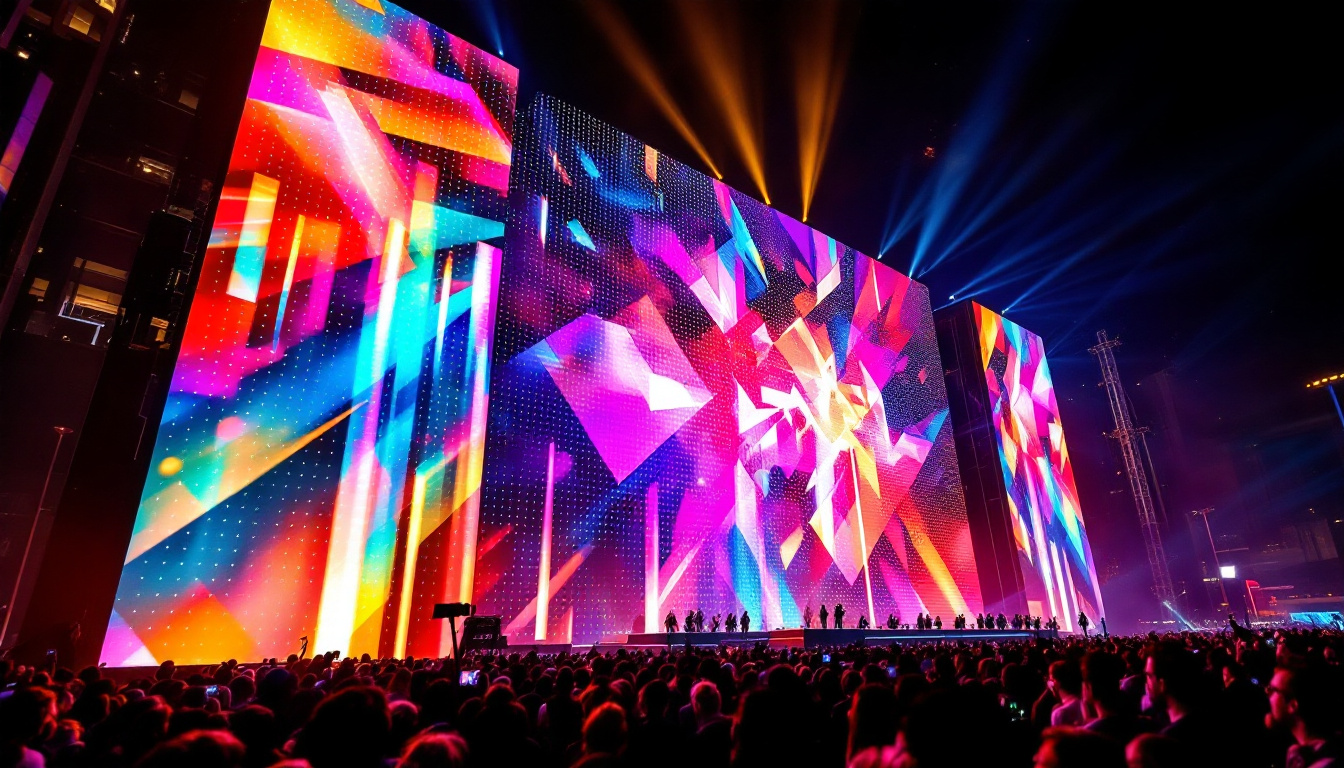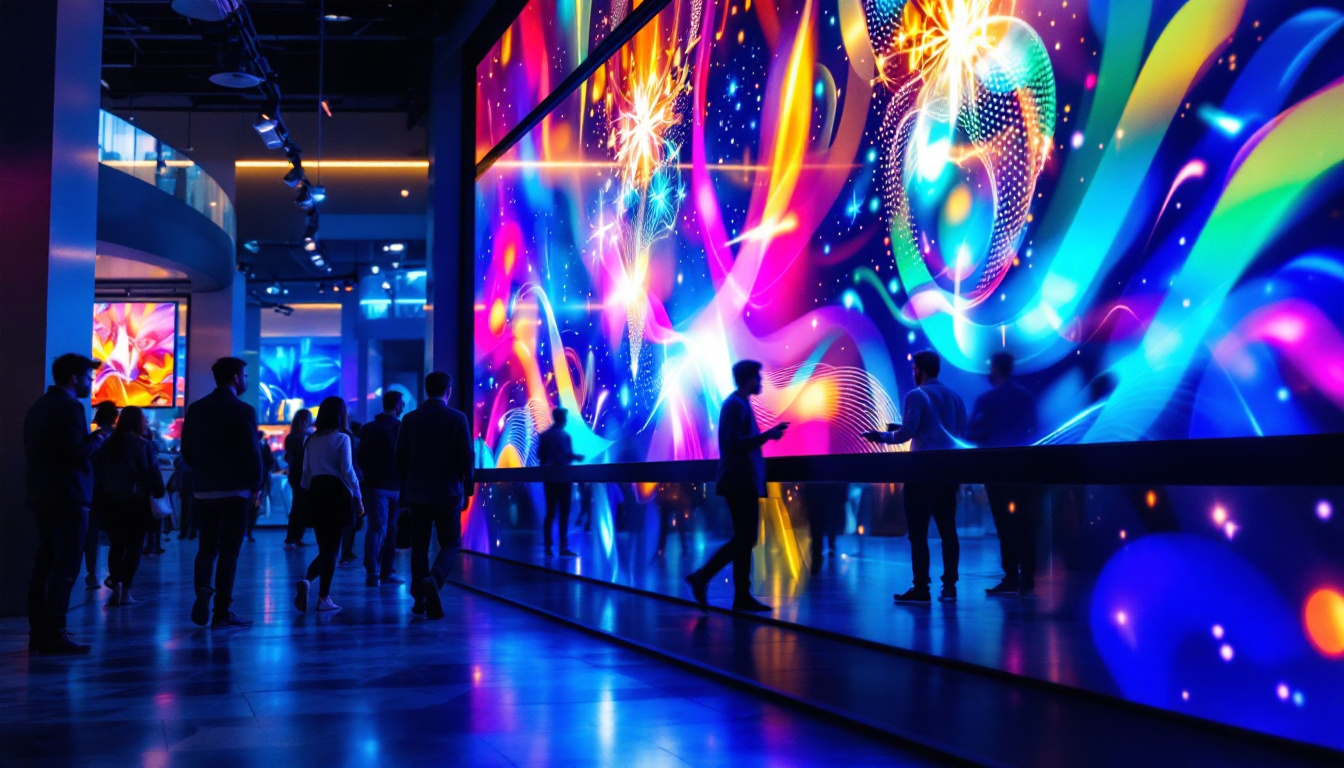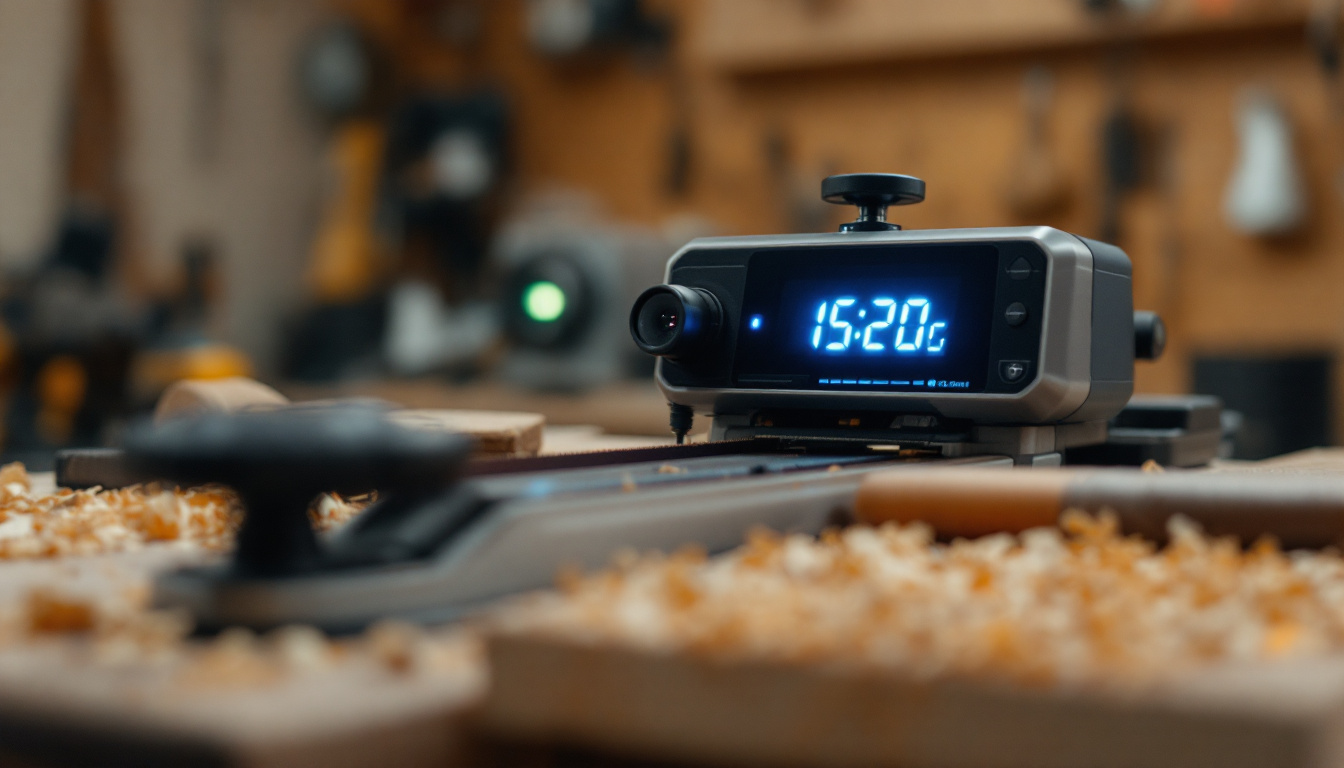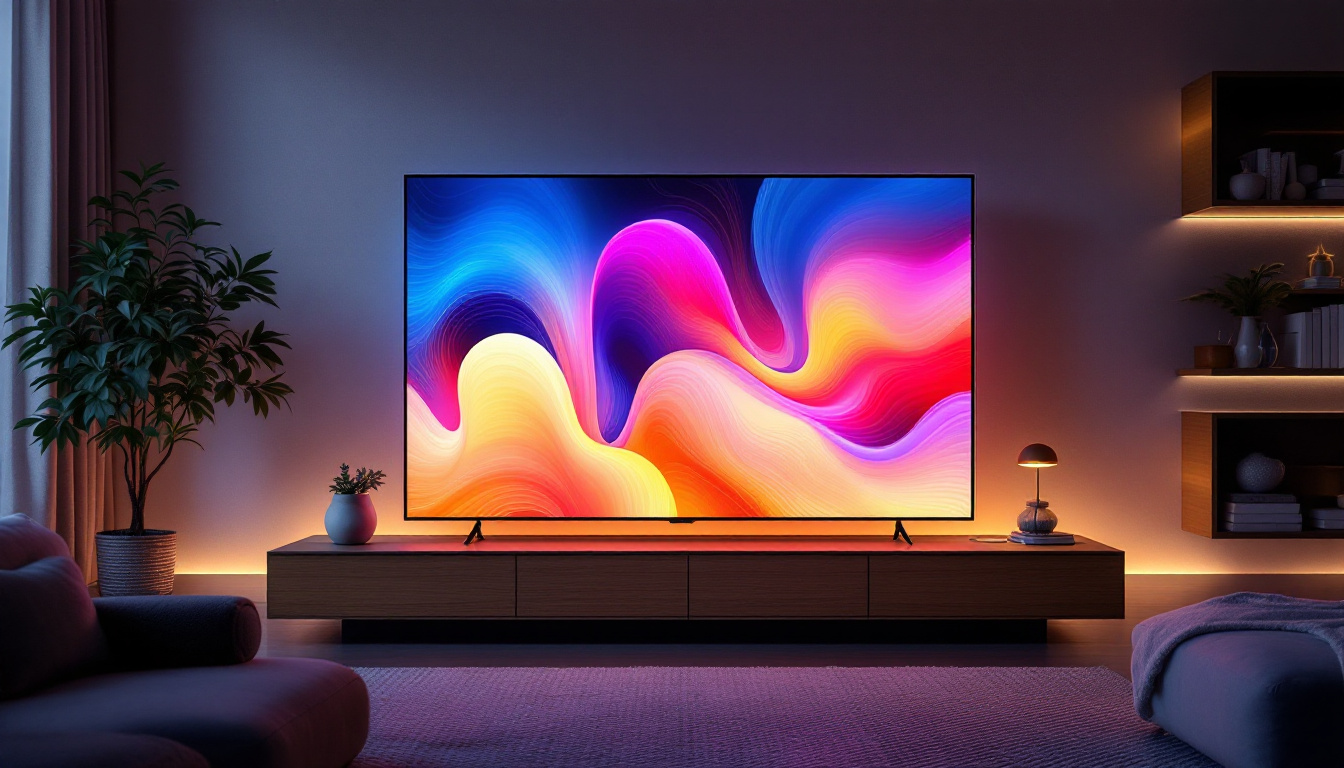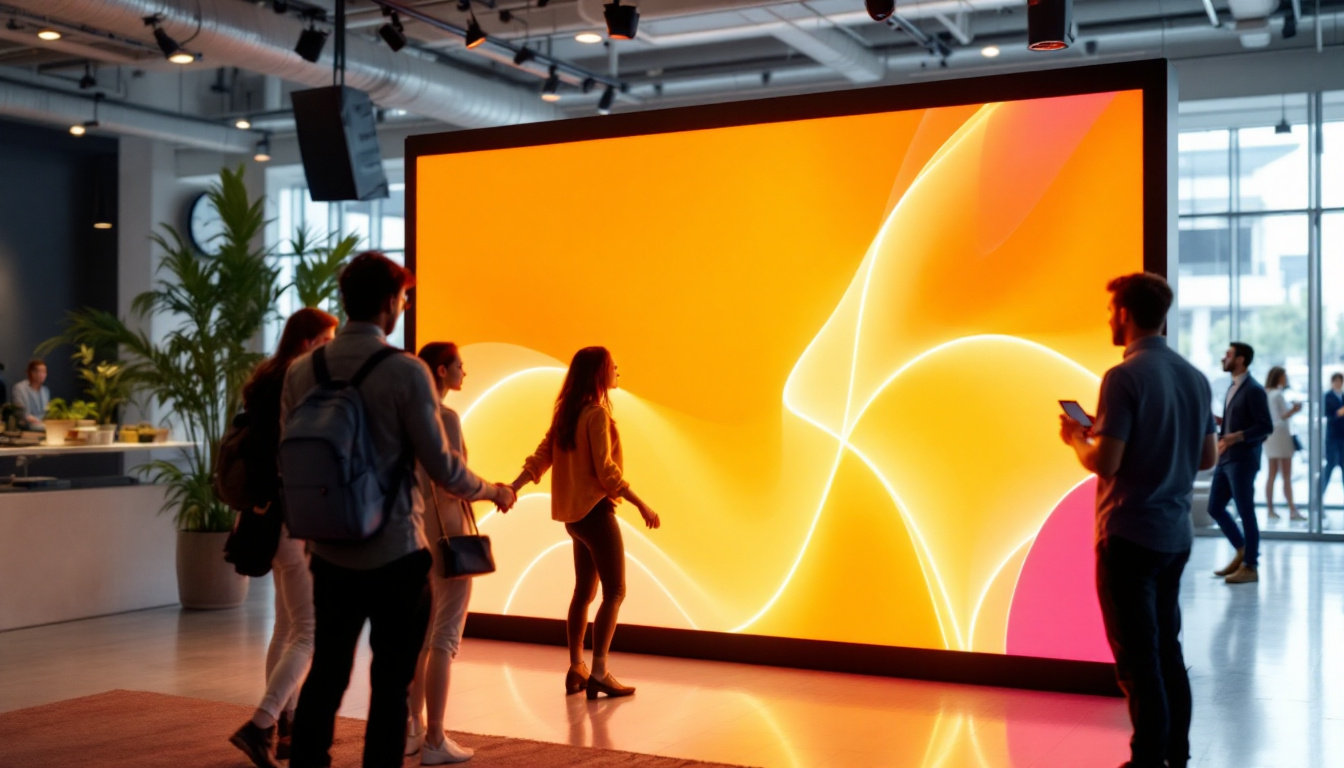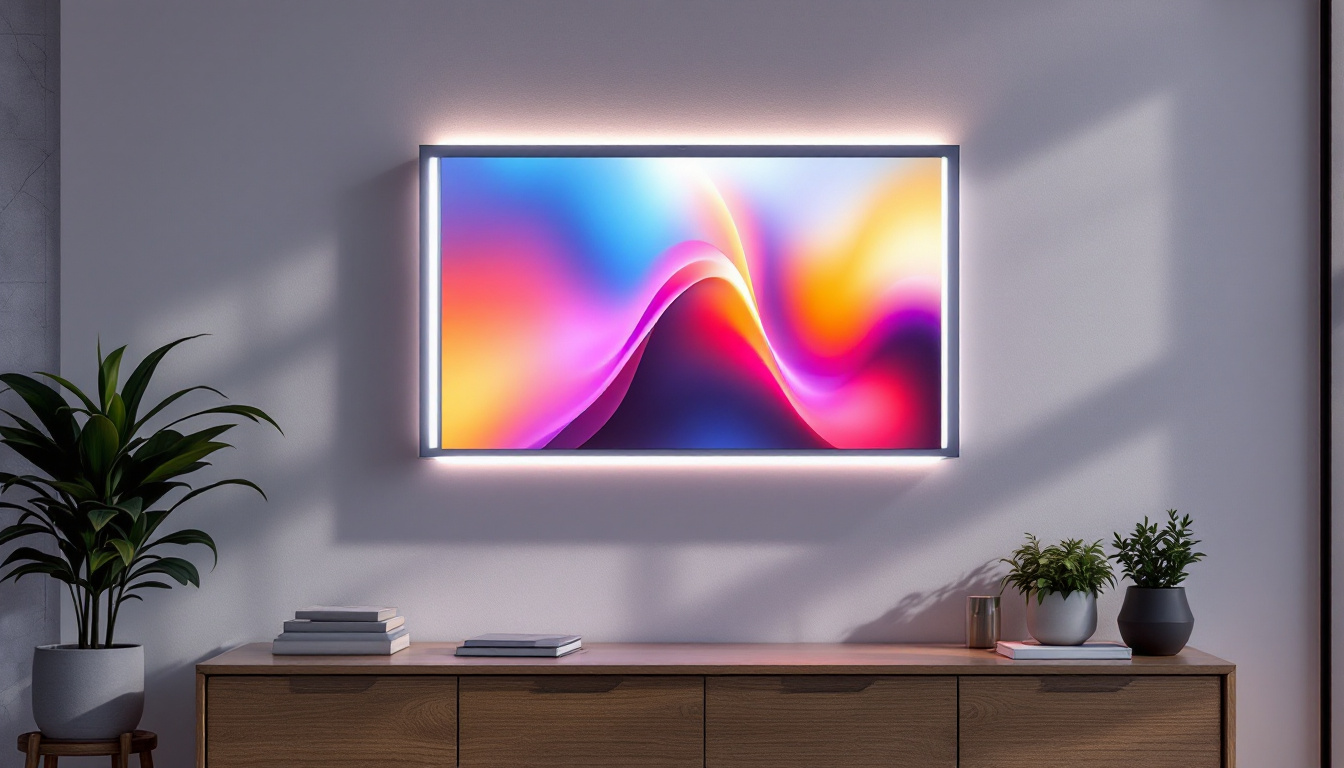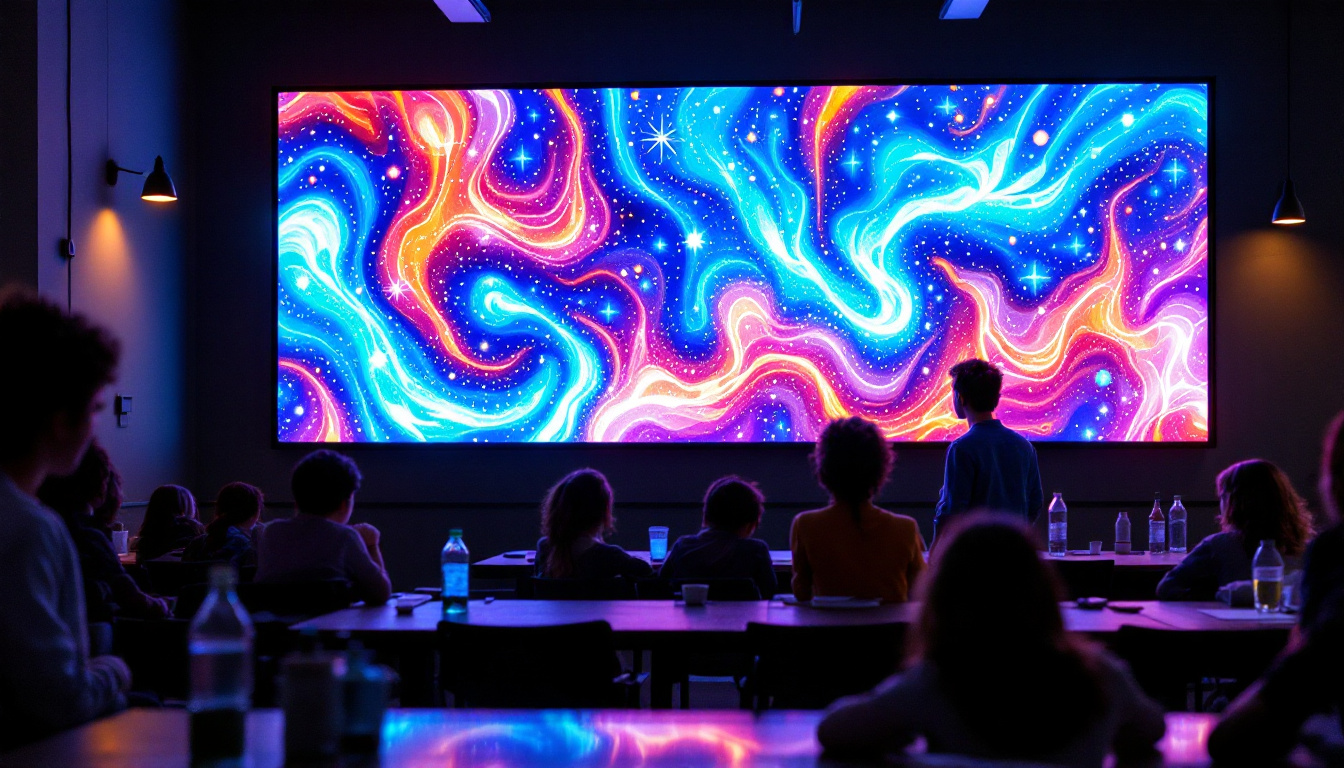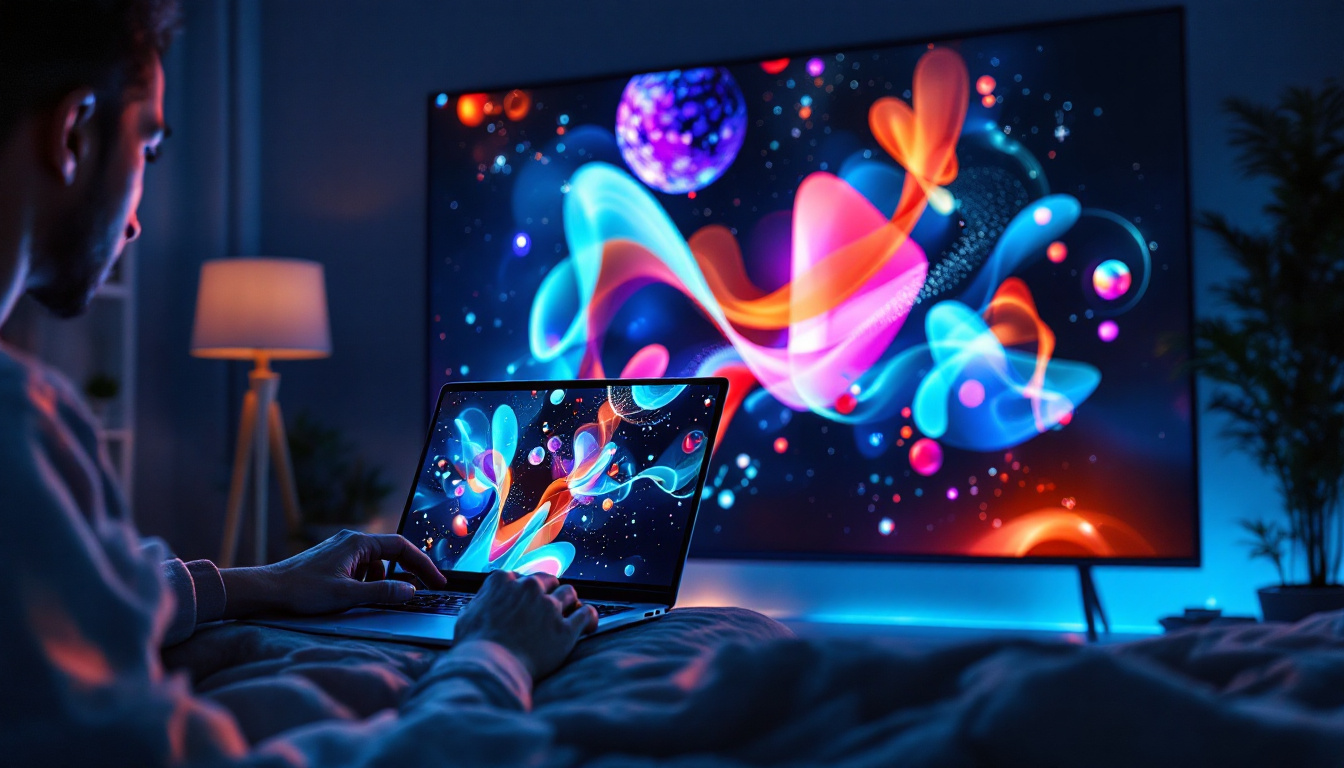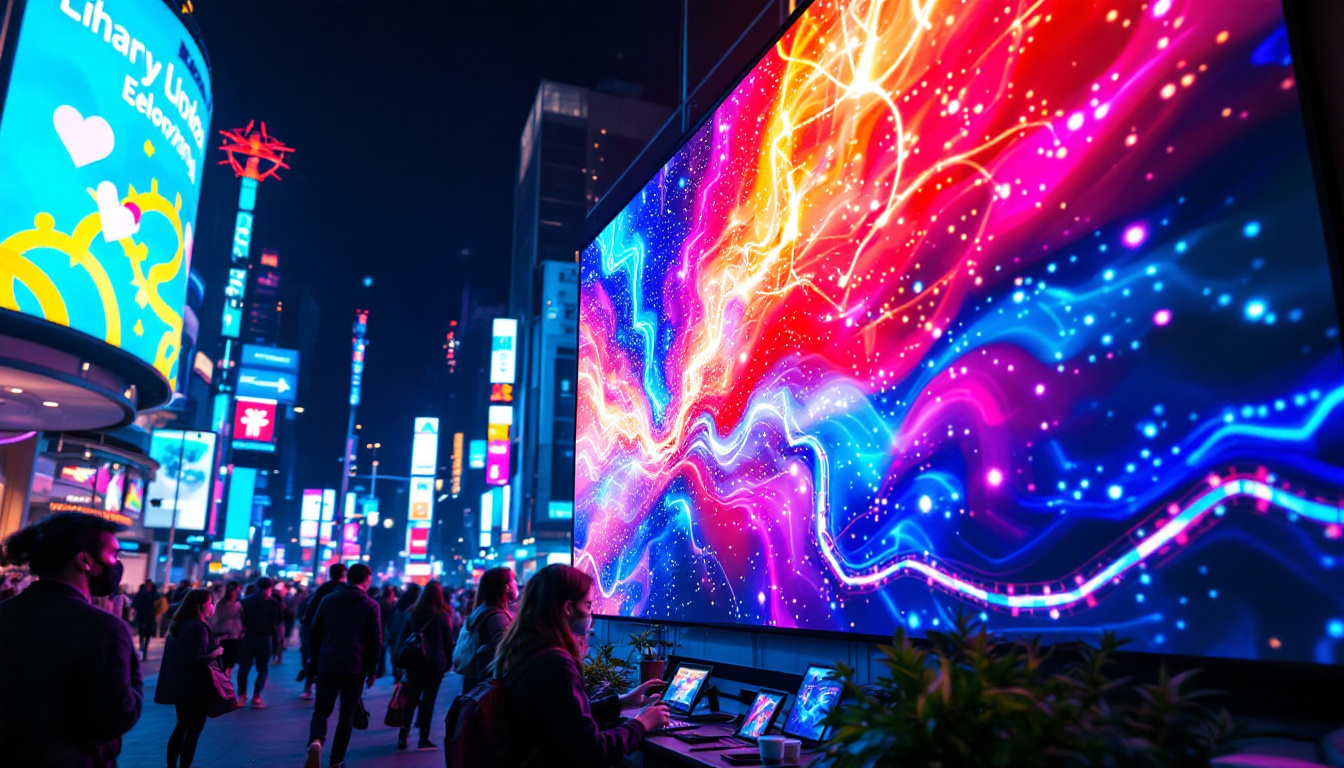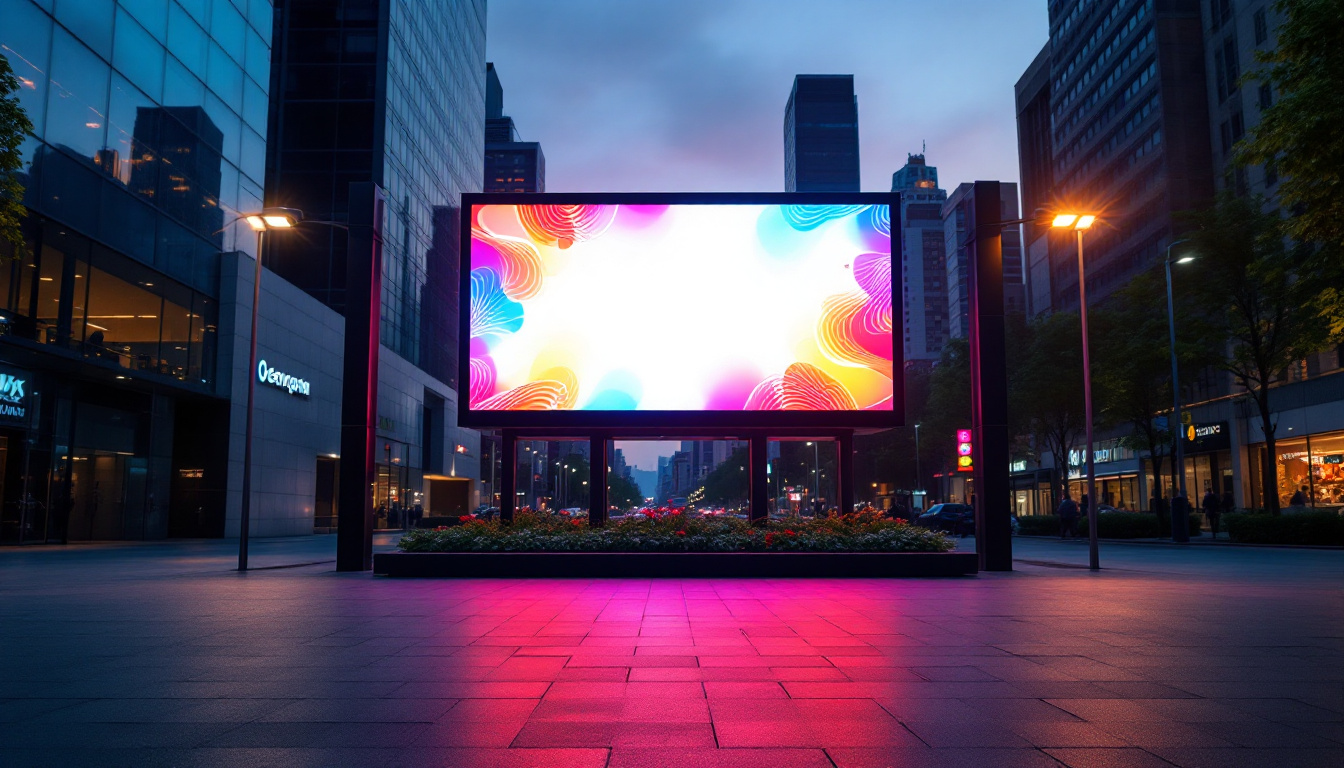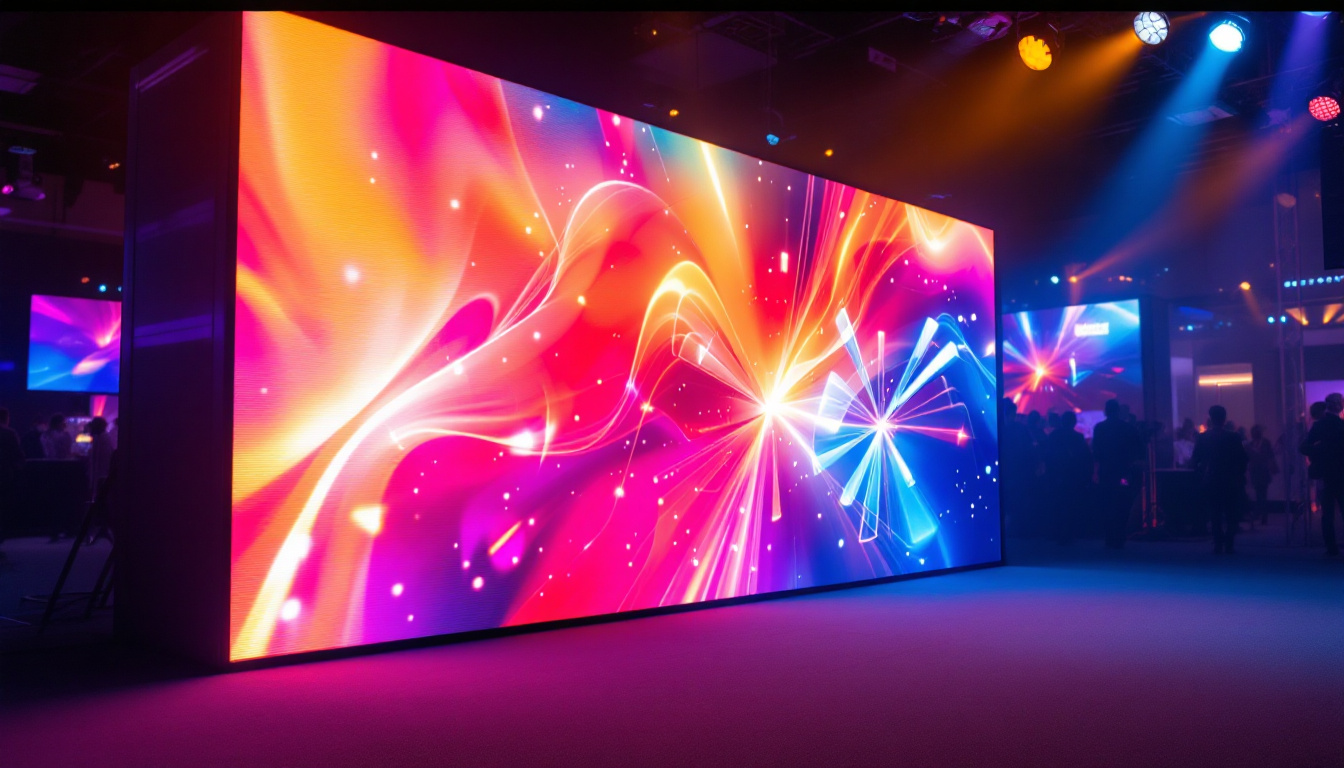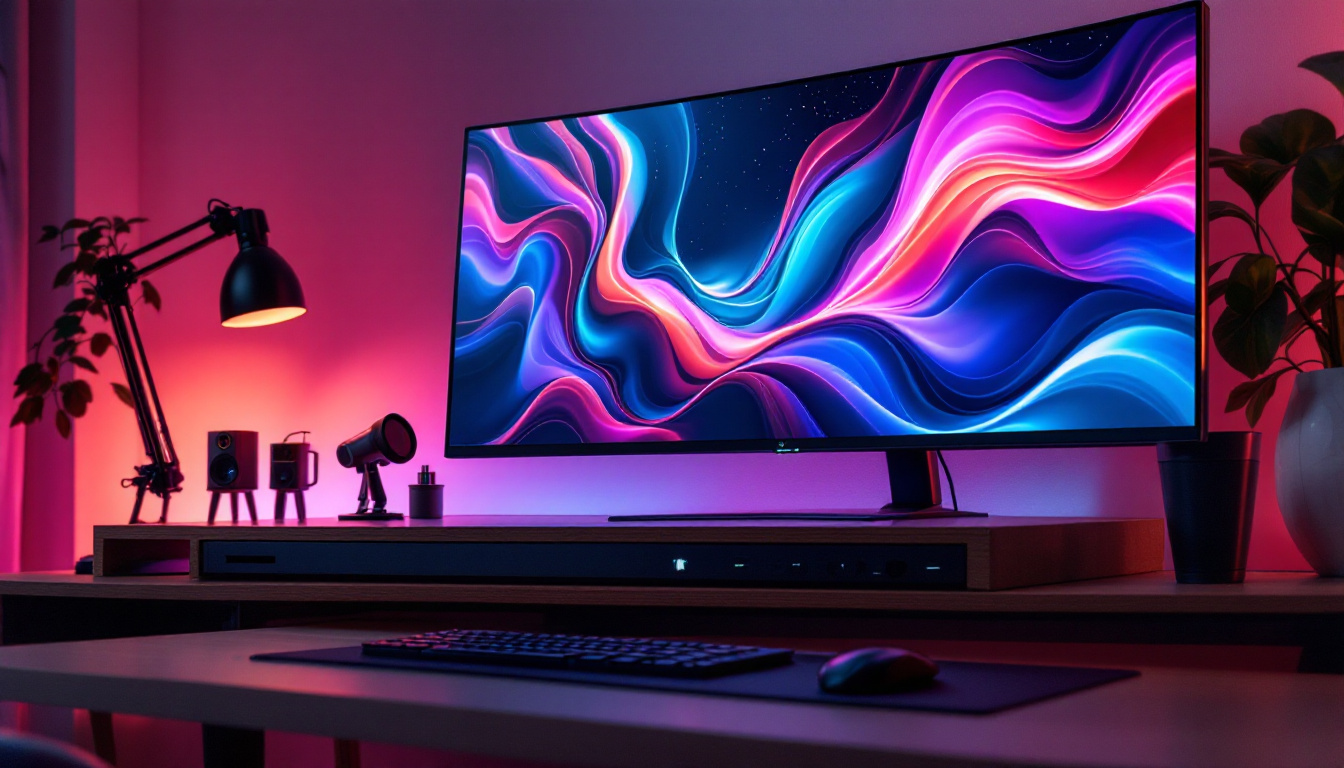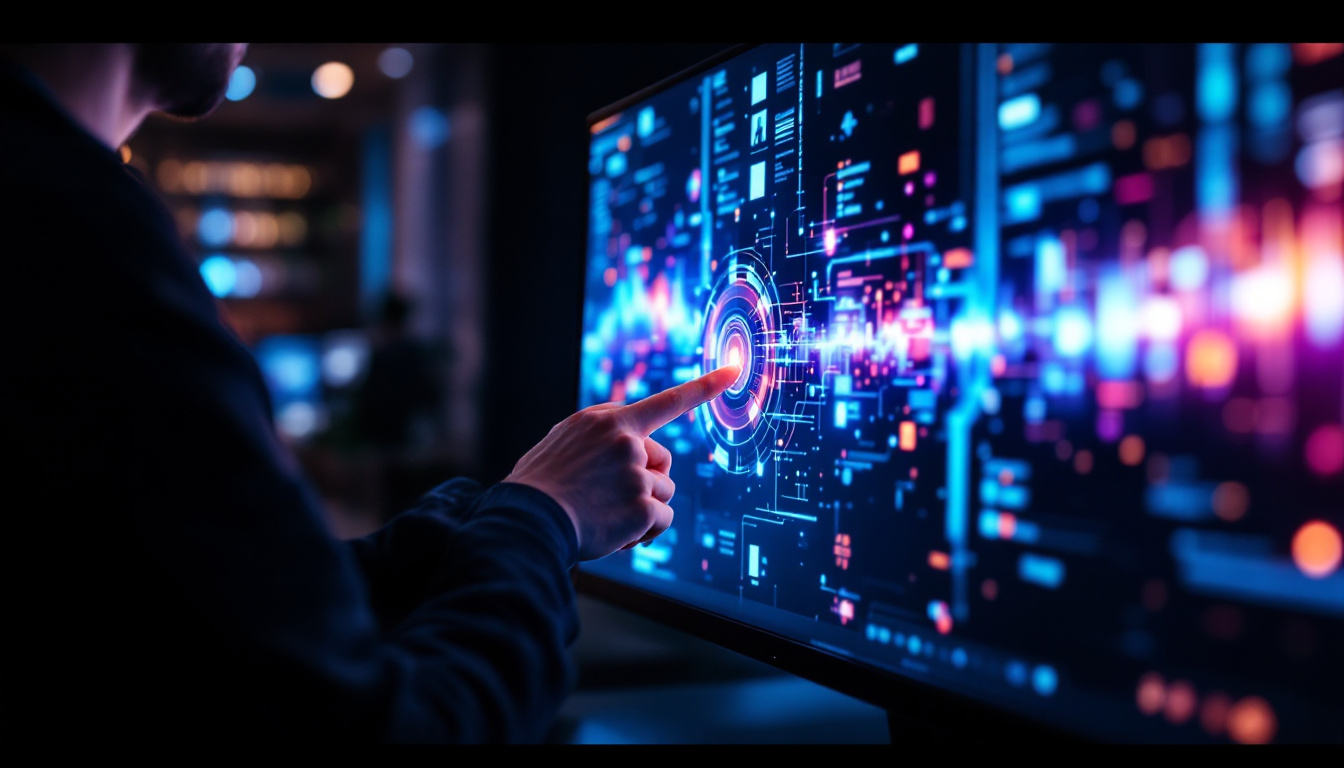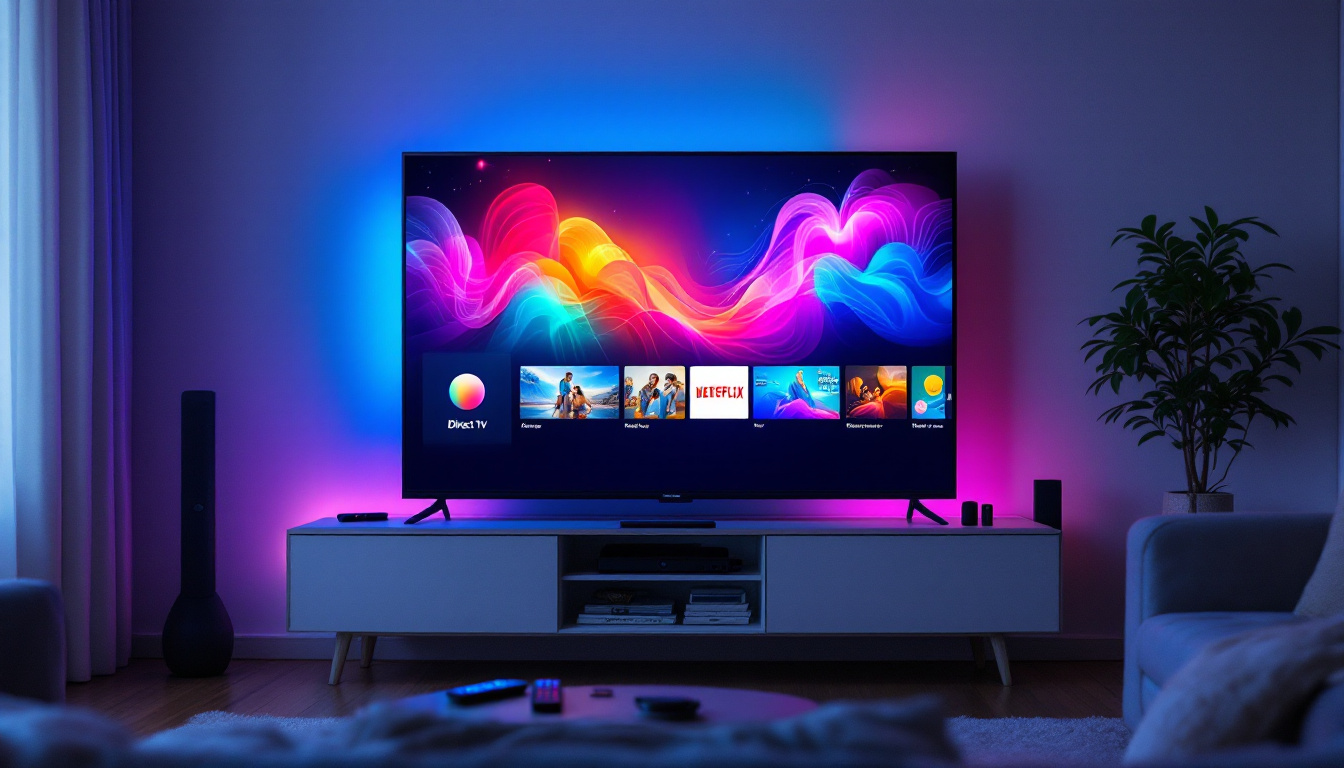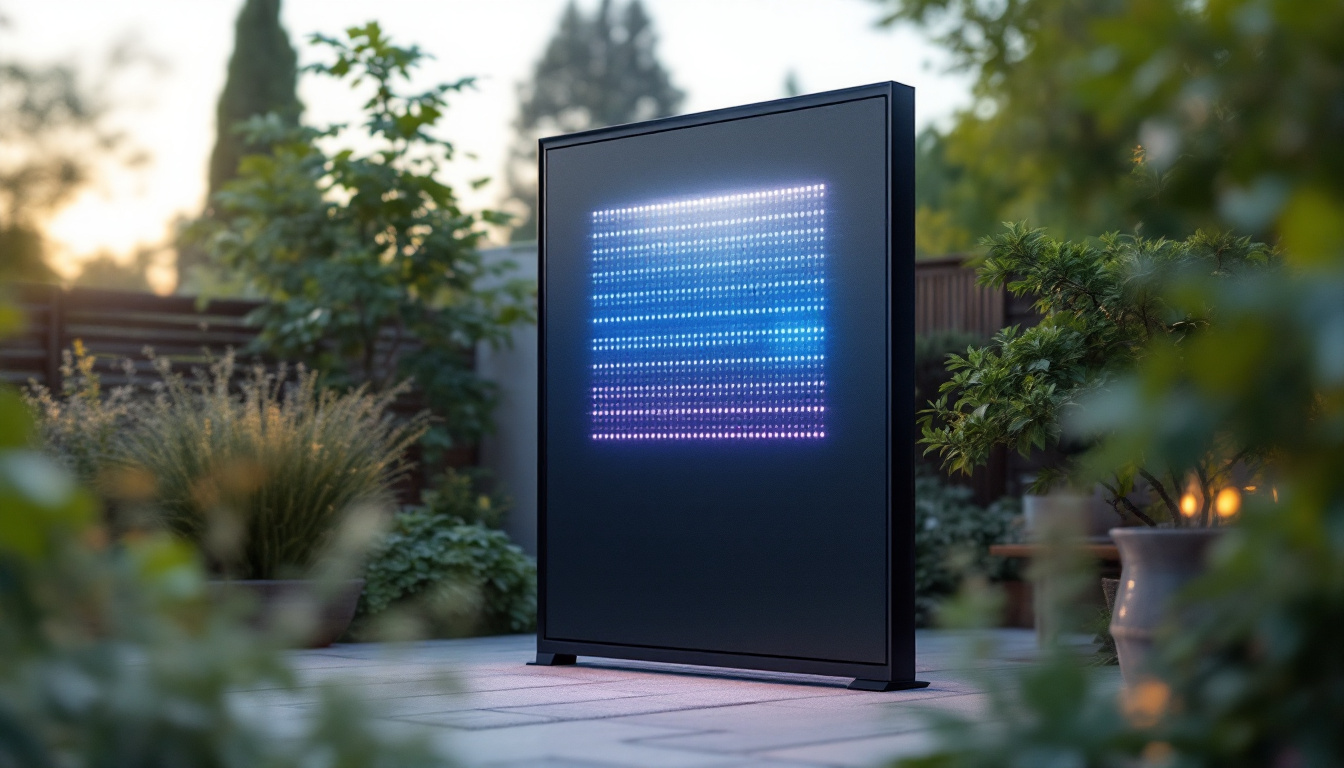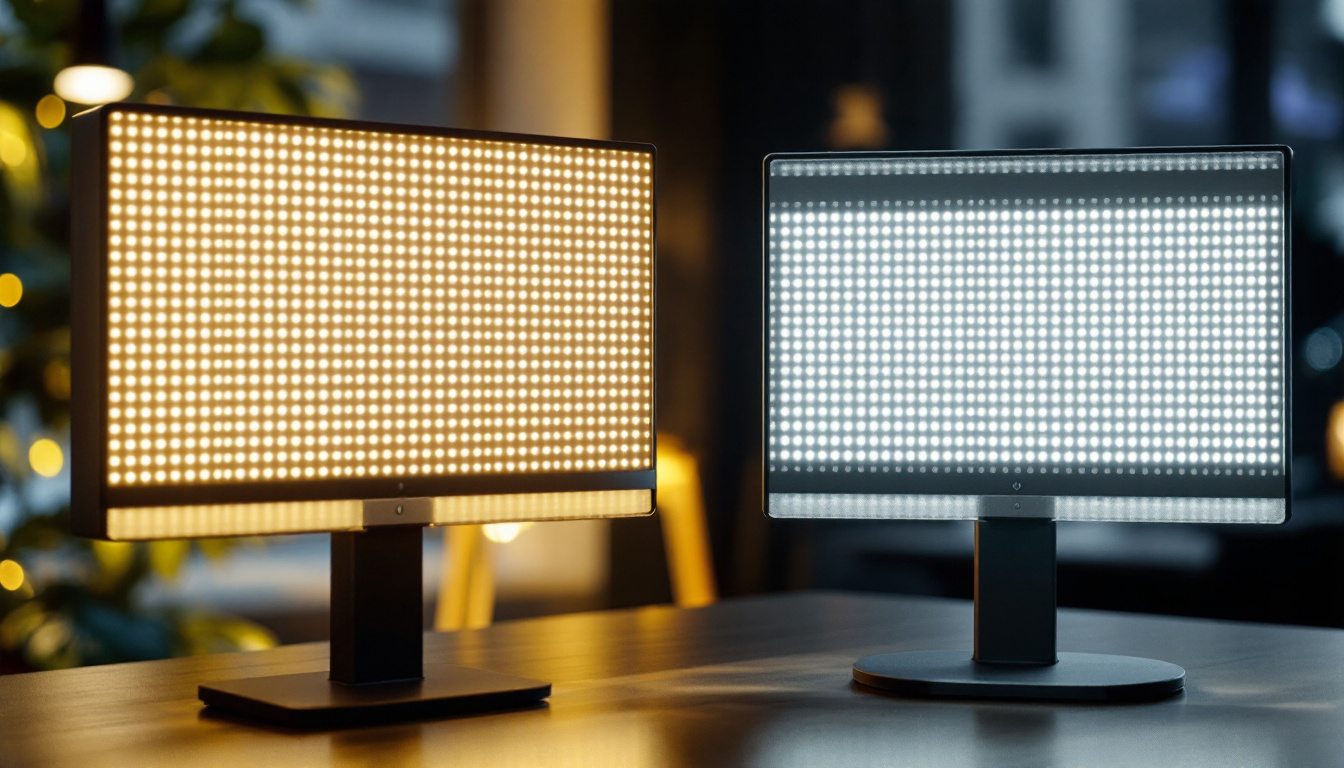In today’s digital age, the demand for efficient and organized workspace solutions has never been greater. One of the most effective ways to enhance productivity and streamline the visual experience is through the use of multiple monitor wall mounts. This article delves into the intricacies of LED displays, the benefits of multiple monitor setups, and how wall mounts can transform your workspace.
Understanding LED Displays
LED (Light Emitting Diode) displays have revolutionized the way we interact with technology. Known for their vibrant colors and high energy efficiency, LED displays are now a staple in both personal and professional environments. Understanding the fundamentals of LED technology is essential for anyone considering a multiple monitor setup.
What is an LED Display?
An LED display is a flat panel display that uses light-emitting diodes as pixels for a video display. Unlike traditional LCD displays that utilize fluorescent backlighting, LED displays offer better contrast ratios, deeper blacks, and enhanced color accuracy. This makes them ideal for a range of applications, from gaming to professional graphic design. The technology behind LED displays also allows for thinner screens, which not only saves space but also provides a sleek aesthetic that complements modern decor. As a result, these displays have become increasingly popular in homes, offices, and public spaces alike.
Benefits of LED Technology
LED technology comes with a plethora of advantages. Firstly, they consume less power compared to other display types, making them an environmentally friendly option. Secondly, the longevity of LED displays often surpasses that of traditional screens, leading to lower replacement costs over time. Furthermore, their lightweight design allows for easier installation and mounting. In addition to these practical benefits, LED displays also provide superior brightness levels, making them suitable for use in various lighting conditions. This high brightness capability ensures that images remain clear and vibrant even in brightly lit environments, such as conference rooms or outdoor settings. Moreover, advancements in LED technology have led to the development of features like adaptive brightness and flicker-free operation, which enhance user comfort and reduce eye strain during prolonged use.
The Advantages of a Multiple Monitor Setup
Utilizing multiple monitors can significantly enhance productivity and efficiency. Whether for gaming, graphic design, or multi-tasking in a corporate environment, the benefits are substantial. This section explores why a multi-monitor setup is worth considering.
Increased Productivity
Studies have shown that using multiple monitors can boost productivity by up to 50%. With more screen real estate, users can have multiple applications open simultaneously without the need to constantly switch between tabs or windows. This is particularly beneficial for tasks that require reference materials, such as coding or research. For instance, a software developer can have their code editor open on one screen while referencing documentation or debugging tools on another, streamlining the development process and reducing the likelihood of errors.
Enhanced Multitasking Capabilities
In a world where multitasking is often a necessity, multiple monitors provide the perfect solution. Users can easily drag and drop files between screens, compare documents side by side, or keep communication tools open while working on other tasks. This seamless integration allows for a more fluid workflow. For example, a project manager can monitor progress on a project management tool while simultaneously communicating with team members via video conferencing on a separate monitor, ensuring that they remain engaged and informed without losing focus on their primary tasks.
Improved Visual Experience
For creative professionals, the visual benefits of multiple monitors cannot be overstated. Graphic designers, video editors, and photographers can utilize the extra screen space to view their work in greater detail. This not only enhances the quality of the output but also allows for a more immersive experience when working on projects. By having a dedicated monitor for color grading or effects, video editors can make precise adjustments while keeping their timeline visible on another screen. Additionally, photographers can compare images side by side, making it easier to select the best shots and apply edits with greater accuracy.
Better Organization and Workflow
Another significant advantage of a multi-monitor setup is the ability to organize workspaces more effectively. Users can dedicate each monitor to specific tasks or applications, creating a customized environment that caters to their workflow. For instance, one screen can be reserved for emails and calendars, while another can display spreadsheets or analytical tools. This organization minimizes distractions and helps maintain focus on the task at hand. Furthermore, it allows for a more personalized workspace, where users can arrange their screens in a way that feels most comfortable and efficient for them.
Collaboration Made Easier
In collaborative settings, multiple monitors can facilitate better teamwork and communication. When working on group projects, having a shared screen for presentations or brainstorming sessions can enhance engagement and participation. Team members can easily reference documents or data on one monitor while discussing ideas on another, making it easier to visualize concepts and gather feedback in real-time. This collaborative approach not only fosters creativity but also strengthens team dynamics, as everyone can contribute more effectively to the discussion and decision-making processes.
Choosing the Right Wall Mount
When setting up a multiple monitor wall mount, selecting the right mount is crucial. The market offers a variety of options, each designed to cater to specific needs. Understanding the different types of wall mounts will help in making an informed decision.
Types of Wall Mounts
Wall mounts generally fall into three categories: fixed, tilting, and full-motion mounts. Fixed mounts are the simplest, providing a stable and secure way to mount monitors flat against the wall. Tilting mounts allow for slight angle adjustments, which can help reduce glare and improve viewing angles. Full-motion mounts offer the most flexibility, allowing users to swivel and extend their monitors as needed.
Weight Capacity and Size Compatibility
Before purchasing a wall mount, it is essential to check the weight capacity and size compatibility. Each mount is designed to support specific monitor sizes and weights. Ensuring that the mount can handle the combined weight of your monitors is vital for safety and stability.
Installation Process
Installing a multiple monitor wall mount may seem daunting, but with the right tools and preparation, it can be a straightforward task. This section outlines the steps to ensure a successful installation.
Gathering Tools and Materials
Before beginning the installation, gather all necessary tools, including a drill, level, stud finder, and screwdriver. It’s also important to have the wall mount and any mounting hardware that comes with it. Having everything on hand will streamline the process and minimize interruptions.
Finding the Right Location
Choosing the right location for your monitors is crucial. Consider factors such as the height of the monitors, the distance from your seating area, and potential glare from windows or lights. Once you’ve identified the ideal spot, use a stud finder to locate the wall studs for secure mounting.
Mounting the Monitors
After marking the desired locations, it’s time to attach the wall mount. Follow the manufacturer’s instructions carefully, ensuring that all screws and bolts are tightened securely. Once the mount is in place, attach the monitors according to the provided guidelines. Double-check the alignment and make any necessary adjustments before finalizing the setup.
Optimizing Your Multi-Monitor Setup
After installation, optimizing the multi-monitor setup is essential for maximizing productivity and comfort. This section explores various ways to enhance the user experience.
Adjusting Display Settings
Once the monitors are mounted, adjusting the display settings is crucial. This includes setting the correct resolution, orientation, and scaling options. Most operating systems allow for easy configuration of multiple displays, enabling users to customize their workspace to their liking.
Organizing Your Workspace
A well-organized workspace can significantly enhance productivity. Consider using cable management solutions to keep cords tidy and out of sight. Additionally, arranging monitors in a way that minimizes head movement can reduce strain and improve comfort during long hours of use.
Using Software for Enhanced Functionality
Various software applications can further enhance the multi-monitor experience. Tools that allow for window management, virtual desktops, and screen splitting can help streamline workflows. These applications enable users to make the most of their multi-monitor setup, ensuring a more efficient and enjoyable experience.
Common Challenges and Solutions
While a multiple monitor wall mount setup offers numerous benefits, it can also present challenges. Understanding these potential issues and their solutions can help users navigate any difficulties they may encounter.
Screen Flickering and Resolution Issues
One common challenge is screen flickering, which can occur due to incorrect resolution settings or incompatible cables. Ensuring that all monitors are set to their native resolution and using high-quality cables can often resolve these issues. If problems persist, checking for driver updates may also be necessary.
Physical Space Constraints
In smaller workspaces, mounting multiple monitors can lead to physical space constraints. To mitigate this, consider using a corner mount or a monitor arm that allows for more flexible positioning. This can help maximize the available space while still providing the benefits of a multi-monitor setup.
Ergonomic Considerations
Prolonged use of multiple monitors can lead to discomfort or strain. To combat this, ensure that monitors are positioned at eye level and at an appropriate distance from the user. Adjustable stands or mounts can help achieve the ideal ergonomic setup, promoting better posture and reducing fatigue.
Conclusion
In conclusion, a multiple monitor wall mount setup can significantly enhance productivity and improve the overall user experience. By understanding LED displays, selecting the right wall mount, and optimizing the installation, users can create a workspace that caters to their needs. While challenges may arise, being aware of potential issues and their solutions can help ensure a smooth and effective multi-monitor experience.
As technology continues to evolve, the benefits of multiple monitors will only become more pronounced. Embracing this innovative approach to workspace design can lead to greater efficiency, creativity, and satisfaction in both personal and professional endeavors.
Discover LumenMatrix’s Advanced LED Display Solutions
Ready to elevate your workspace and experience the full potential of LED display technology? Look no further than LumenMatrix, a pioneer in crafting immersive visual solutions. Our comprehensive range of products, from Indoor LED Wall Displays to innovative LED Transparent Displays, is designed to meet your every need. Whether you’re looking to boost productivity with a multi-monitor setup or captivate your audience with dynamic digital signage, LumenMatrix has the cutting-edge technology to bring your vision to life. Check out LumenMatrix LED Display Solutions today and transform your space into a hub of efficiency and inspiration.

